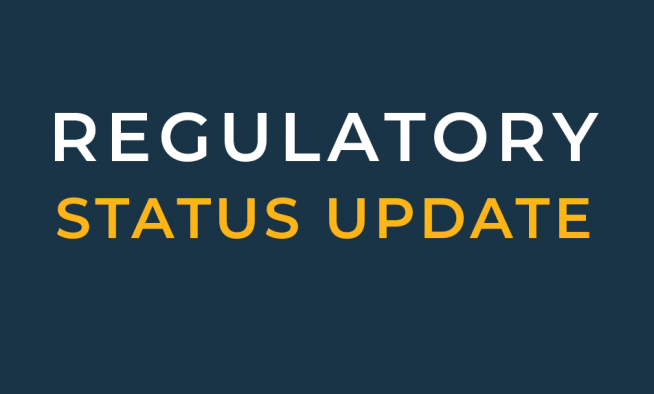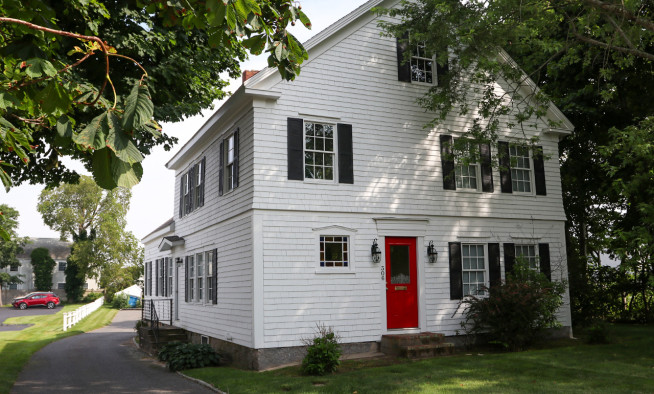Section 208 Update Draft submitted to MassDEP, EPA
 Cape Cod Commission Executive Director Paul Niedzwiecki at the Section 208 Plan Stakeholder Summit, February 2014.
Cape Cod Commission Executive Director Paul Niedzwiecki at the Section 208 Plan Stakeholder Summit, February 2014.
PUBLIC DRAFT TO BE RELEASED EARLY AUGUST
With the comprehensive review of more than 6,000 pages of background, analysis, recommendations and supporting documents, the Cape Cod Commission submitted a working draft update to the Section 208 Water Quality Management Plan to the Massachusetts Department of Environmental Protection and U.S. Environmental Protection Agency. The submission begins a 60-day negotiation and discussion process of policy positions being developed among the Commission and regulators, leading to release of the public draft in early August.
The submission culminates 12 months of direct work on the plan, as well as years of effort by the Commission to address excessive nitrogen entering Cape Cod embayments from residential septic systems.
“We can fix the environmental problems we have on the Cape and make sure that they stay fixed.” Cape Cod Commission Executive Director Paul Niedzwiecki said. “I’m more confident now having lived through a year of this process that not only are we going to solve the problem here, it will become the model, the Cape Cod Model, for solving this problem in other parts of the country and the world.”
The Commission was directed to update the 208 Plan by DEP in January 2013. The initial report in 1978 focused on town efforts and town-based recommendations, primarily around public water supply protection, but with a healthy set of recommendations for wastewater.
The 208 Plan Update focuses on nutrient impacts to the Cape’s estuaries, primarily nitrogen in wastewater. The 208 Plan Update will be a watershed-based plan, as watersheds, not town boundaries, define the jurisdiction of the problem.
Over the past year the Commission convened two series of stakeholder meetings across the Cape, initially in 11 watershed working groups and then in four subregional groups, each through three sets of meetings to inform the 208 Plan Update. More than 170 stakeholders participated in these and other sessions, totaling more than 130 hours of facilitated public input and discussion.
Much of the time spent by Commission staff and consultants was in developing new and innovative decision-support tools to help communities reach consensus and move forward. For towns that share watersheds that require remediation, the Commission looked at collaboration models to assist such communities in reaching agreement.
Along with these decision-support tools, the Commission continues to work with regulators at the state and federal levels to provide a more flexible regulatory environment in which to address these issues. The present structure calls for towns to draft comprehensive wastewater management plans that must look at correcting the effects of wastewater for all areas within their boundaries, often looking forward 20-30 years into the future with mostly traditional technologies. This approach comes at a high cost that many communities do not have the political or financial support to approve.
Along with the regulatory and technical work, the Commission developed a financial model that can help communities plan for the cost of such solutions, identified governing models that provide cross-border collaboration for towns to work with one another, and conducted a technical analysis for all of the Cape’s 57 affected embayment watersheds.
The approach developed through the Section 208 Plan Update looks at targeting specific watersheds with known water quality problems. It calls for an adaptive management process that allows communities to consider non-traditional technologies to lower nitrogen levels reaching embayments. This approach has the potential to lower the expected size and cost of a collection system and, in some cases, eliminate it all together. That starts to bring costs down, restore water quality faster and ultimately find support within the affected communities to move forward.
This model for watershed planning is evident in the recently-approved targeted plans in Falmouth and in Orleans, which supported five different projects at this year’s town meeting.
“The Cape is the Cape because of its environment,” Niedzwiecki said. “Restoring and ensuring the health of bays and coastlines is our greatest challenge and we must stand together as one community to do it, and we will.”




